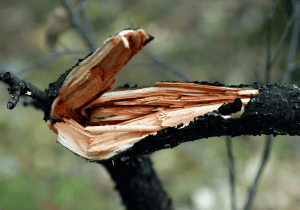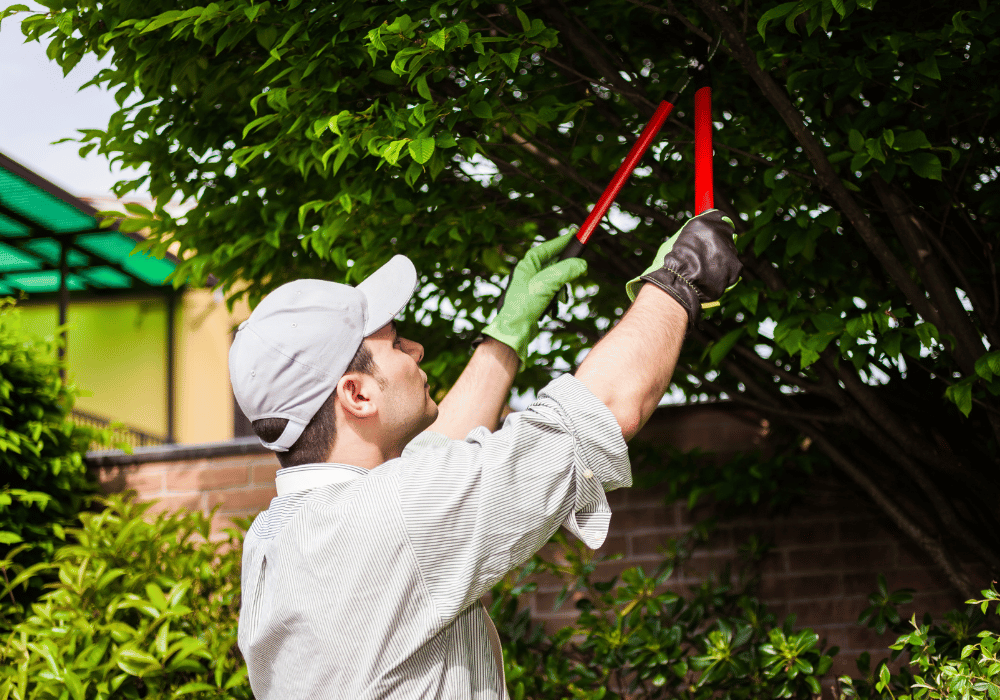As the snow melts and temperatures rise, your trees are ready to shake off winter and flourish in the fresh spring air. But before they can truly thrive, your trees need a little extra care during April to ensure their health and vibrancy for the rest of the year. Tree care is not just about aesthetics; it’s essential for preserving your landscape’s long-term health and beauty. This guide breaks down the most important steps for spring tree care. From assessing winter damage to promoting growth with pruning and fertilization, we’ve got everything you need to help your trees thrive this season. If you’re looking for a more scientific or structured approach to such assessments, you might consider reading professional materials or even exploring akademisches Ghostwriting that delves into environmental sciences or arboriculture.
Assessing Winter Damage
Winter can be harsh on trees, leaving behind broken branches, frost cracks, or even structural instability. It’s important to examine your trees for potential winter damage at the start of spring.
 Identifying Issues
Identifying Issues
Here’s what to look for when inspecting your trees:
- Broken Branches: Look for any branches that are cracked, split, or hanging by a thread. These can pose safety hazards.
- Frost Cracks: Vertical cracks in the trunk may have formed due to fluctuating temperatures. These might not require immediate action, but should be monitored.
- Bark Damage: Peeling bark or wounds could be sites for disease or pest infestations.
Addressing the Damage
If you spot broken branches, prune them cleanly to prevent further damage. For major issues like deep trunk splits or compromised root systems, consult an arborist. Early intervention can save your tree from further deterioration.
Essential Nutrients
Healthy trees depend on proper nutrients. Fertilizing in spring can give them the energy boost they need for robust growth in the months ahead.
Choosing the Right Fertilizer
Select a balanced fertilizer with nitrogen (N), phosphorus (P), and potassium (K). Nitrogen promotes lush foliage, phosphorus supports root development, and potassium improves overall plant health.
When and How to Fertilize
- Timing: Apply fertilizer during the early weeks of April when the ground has fully thawed and your tree begins to wake up from dormancy.
- Quantity: Avoid over-fertilizing, as it can damage roots. Follow product-specific guidelines for the appropriate amount.
By enriching the soil, you’ll support not only this year’s growth but the long-term vitality of your trees.
Watering Strategies
Spring moisture can be unpredictable. Striking the right balance in watering can ensure your trees get neither too little nor too much water.
How to Water Smartly
- Check Soil Moisture: Use a soil probe or stick your finger in the soil to measure moisture levels. If the top 2–3 inches are dry, it’s time to water.
- Morning Watering: Water early in the day to minimize evaporation and reduce the risk of fungal diseases.
- Avoid Overwatering: Soggy soil can suffocate the roots and lead to root rot.
Water your trees deeply and less frequently to mimic natural rainfall. This encourages roots to grow deeply, making them more resilient to drought.
Pruning Practices
Pruning in spring promotes healthy growth and prevents potential safety hazards. April is an excellent time for pruning before trees are in full leaf-out.
Why Pruning Matters
Pruning benefits include:
- Removing dead or damaged branches.
- Allowing more sunlight and air circulation through the canopy.
- Shaping the tree for structural soundness and aesthetics.
How to Prune Effectively
- Use clean, sharp tools to make precise cuts.
- Make cuts just outside the branch collar (the swollen base where the branch meets the trunk) to allow for proper healing.
- Avoid removing more than 25% of the crown in a single season.
For large trees or unsafe branches, hire a professional arborist to handle the job.
Pest and Disease Control
With warmer weather, pests and diseases also become active. A crucial part of your spring tree care involves protecting your trees from these threats.
 Common Spring Pests and Diseases
Common Spring Pests and Diseases
Keep an eye out for:
- Aphids and scale insects, which feed on sap and weaken trees.
- Powdery mildew, a fungal disease that can coat leaves in a white film.
- Borers, which tunnel into the bark and cause structural damage.
Prevention and Treatment
- Apply horticultural oils early in the season to suffocate overwintering pests.
- Remove and dispose of fallen leaves or debris where pests and diseases might linger.
- For infestations, consider eco-friendly treatments or consult with pest-control professionals.
Mulching Benefits
Mulching is a simple yet effective way to protect and nourish your tree’s root system while enhancing the aesthetic appeal.
How Mulch Helps
- Retains soil moisture.
- Regulates soil temperature, keeping roots cool in summer and insulated in winter.
- Reduces weeds that compete with trees for nutrients.
Mulching Tips
- Apply a 2–3 inch layer of mulch around the base of your tree, but avoid piling it up against the trunk (“volcano mulching”).
- Extend the mulch ring to the drip line of the tree for maximum root coverage.
Mulching truly is a small step with big dividends for your tree’s health.
Investing time in spring tree care ensures your trees will reward you with vibrant foliage, strong growth, and a beautiful landscape all year long. By assessing winter damage, fertilizing effectively, watering smartly, pruning thoughtfully, protecting against pests, and mulching generously, you’re setting your trees up for success.
Need more guidance on taking care of your trees? Consulting a certified arborist can provide expert advice tailored to your specific trees and environment. Start now, and enjoy the sight of healthy, thriving trees that make your outdoor space come alive each spring.


